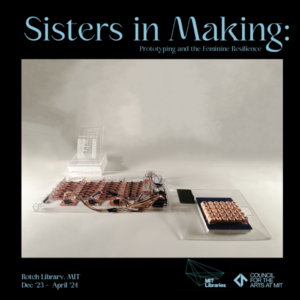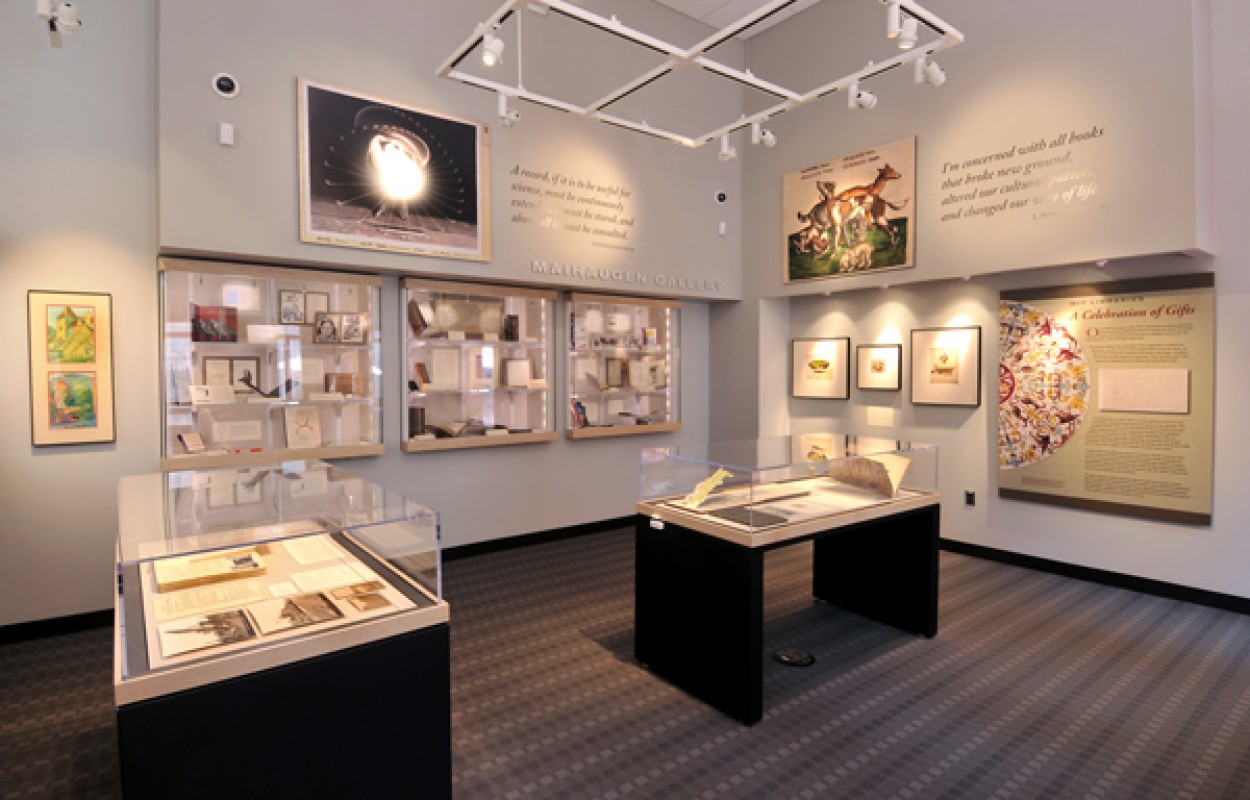 This project was supported by the MIT Department of Distinctive Collections and funded in part by the Council for the Arts at MIT
This project was supported by the MIT Department of Distinctive Collections and funded in part by the Council for the Arts at MIT
Sisters in Making works to explore and reveal the multi-level efforts of women surrounding the invention and implementation of Core Rope Memory and Magnetic Core Memory in the Apollo Guidance Computer that put man on the moon in 1969. From their use in early NASA Mars space probes to becoming an integral component of the Apollo 11 Moon Mission, MIT dedicated a tremendous workforce, alongside its commercial and federal partners, to perfecting its implementation of Core Memories.
While we ultimately know the names of the first men on the moon, and of those who spearheaded the engineering initiatives behind the Apollo 11 mission, the names of the countless women who had a vital hand in realizing these feats have been missing from historical discourse. As such, the focus of our work has been to uncover the names and faces of these women, who held important positions including overseeing communications, checking codes, running calculations, and weaving memory.
Through weaving this network of women into a physical instance of Rope Memory, and curating archival images, we amplify the importance of this overlooked part of history. We ask – how can we shift narratives of femininity to include the resilience and care necessary to produce such highly sensitive prototypes as electronic inventions require?
Curators:
Soala Ajienka (M’Arch ’25) and Deborah Tsogbe (SMArchS ’23), 2023 Women@MIT Fellows
